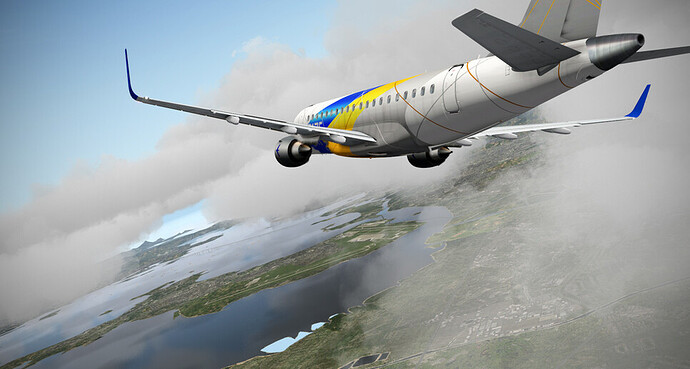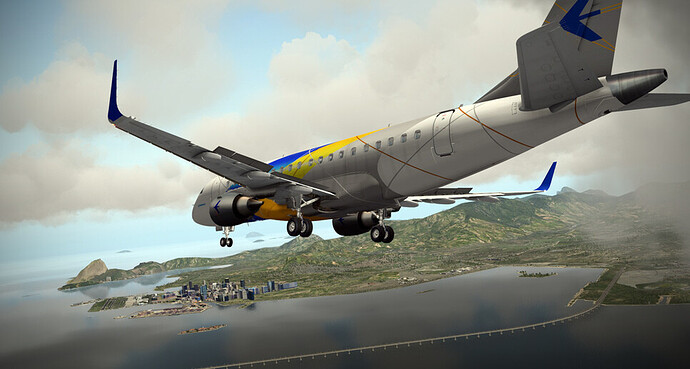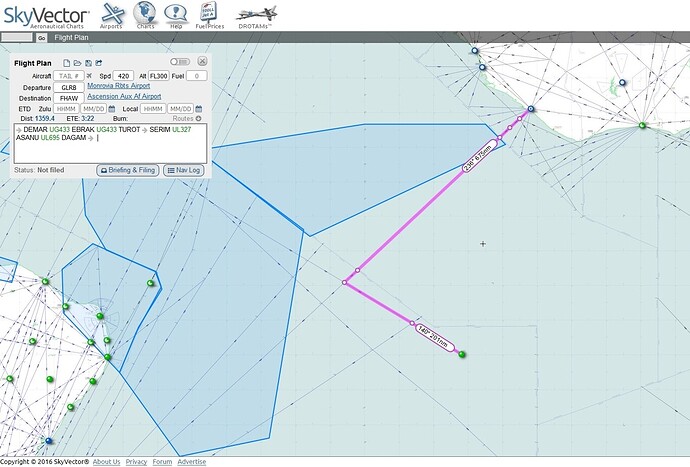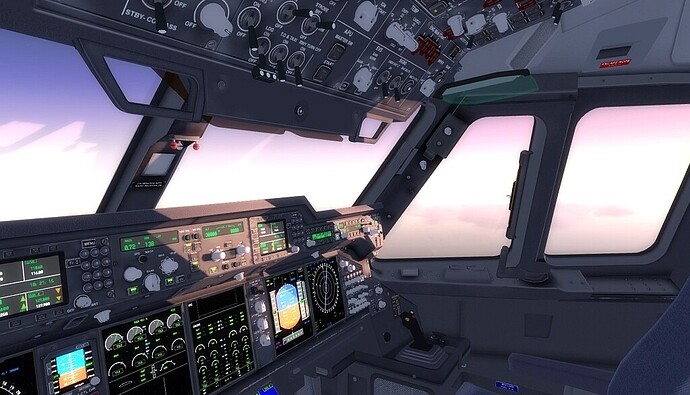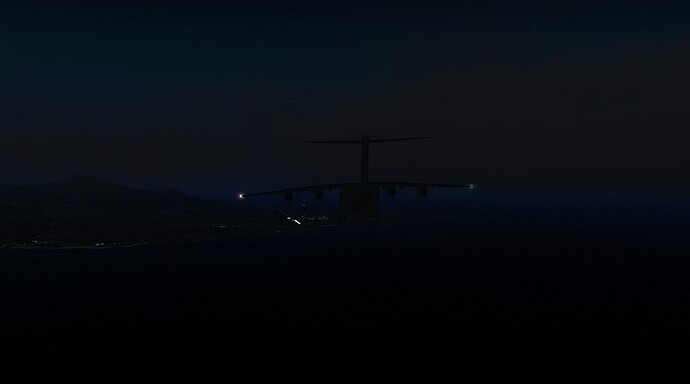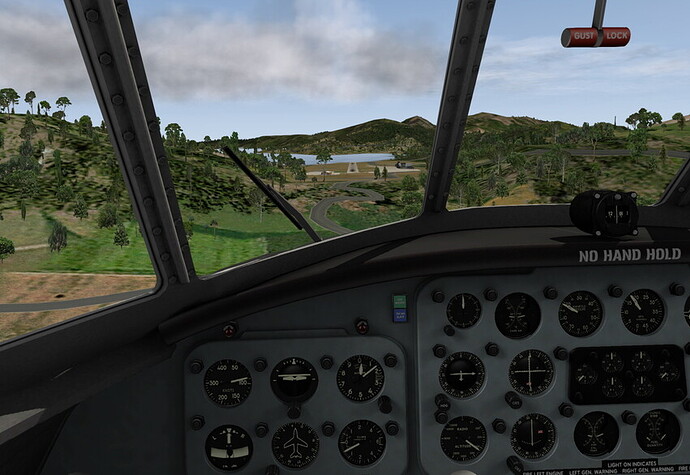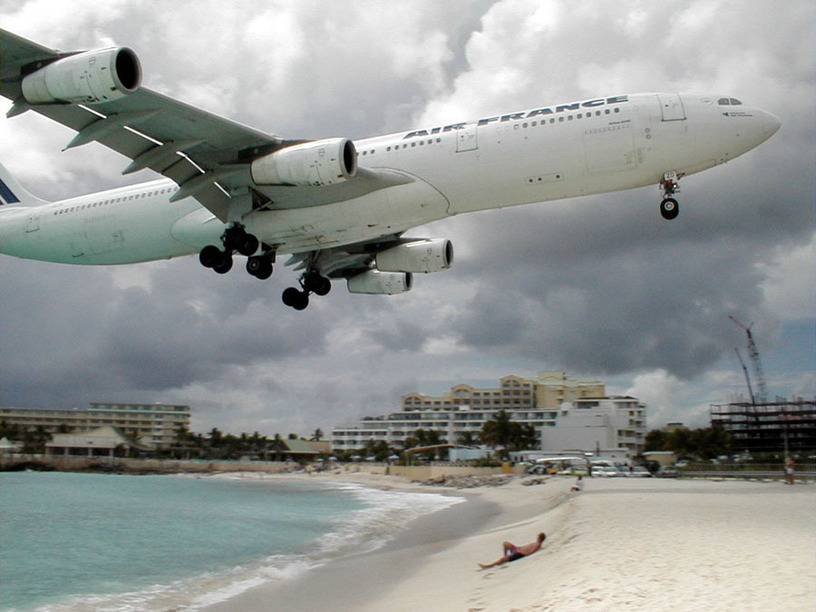I snap awake, my heart racing, the echo of a scream fading in my ears.
A cockpit. I’m in a cockpit.
Instinctively, I grab the yoke and scan the instruments: holding steady at 4,000 FT, attitude looks good, airspeed is 250 knots. Engines look good, no immediate warning indications.
I began to relax my grasp on the yoke – the plane is trimmed for level flight, even though the autopilot is off – but my fear is growing inside of me. Did I fall asleep at the controls? Was there an accident?
Completely clueless of where I am or how I got here, I start looking around. The cockpit is empty, no co-pilot or flight engineer. Even the jump seat behind me is empty.
What happened to the crew? What crew? How did I know to look behi… My eyes look out the cockpit window and my rational brain crawls back into its cave.
Ice caps? Concorde doesn’t fly in the ice caps! Questions begin to surge: Where am I? How did I get here? How the hell did I know I’m flying Concorde? Am I Concorde pilot? Who the hell am I?
My grip on the yoke intensifies and I know I’m about to lose complete control. I shut my eyes and begin to force myself to breathe slowly. As the panic drains away and my heartbeat settles, I get a jarring vision of Concorde slamming into an icy field below.
My eyes snap open, a scream barely stifled.
“This is no time for panic!” I direct myself, and ease my death grip on the yoke. Time to take stock - I check the INS to find they’re all set to ATT. Great. I didn’t want to know where I was anyways.
ATT doesn’t mean INOP, however, and I’m able to set the autopilot. Not sure I how know this, I’m still relieved when the paddle switch catches and the AP light engages. I punch ALT HOLD and take my hands off the yoke as the computer takes the controls. I also engage the autothrottle, keeping it set for 250 KIAS, and inspect the rest of the cockpit.
Finally, someone with some sanity is at the controls.
Fuel state is good, 20 tons left. Given our 80 ton zero fuel weight (how did I know that?) I’ve got a 100 ton aircraft and absolutely no idea where we are or where we’re landing. The chart pocket is empty.
I glance at the radio, but I know that emergency calls are going to go unanswered. I see the public address system as well, but I also know that this flight has no passengers or other crew, just some very important cargo.
So I’m a Concorde cargo pilot. Neat.
With literally no other option coming to mind, I start scanning out the window. At 4,000 FT, we seem to be clear of any nearby ridges, but maybe I can spot an ice field to land in.
Of course, the possibility of landing Concorde on a sheet of ice doesn’t exactly fill me with optimism. As I start to think about soft-field and ditching emergency procedures (I am a Concorde pilot), I also realize I’ll just be stuck on the ice in the middle of nowhere.
Strangely, I’m filled with a panic not for my own safety, but for the cargo onboard this aircraft. Somewhere behind me, there is something very important, and I can’t ditch it into the ocean or crash it on the ice.
I drop Concorde’s visor and nose to enable me to scan forward. Amazingly, as the nose dips down I see an instantly recognizable sight: the x-pattern of runways.
Getting accustomed to the fact that this is going to be a very strange day, I disengage the autopilot and maneuver Concorde to overfly the field and take a peek.
The runways are wide and long, looks like 10,000 feet. They seem to be made of packed ice, but I don’t really have any other options at this point. Given my fuel state, this could even be the destination field that the flight was planned for. The field is dead - empty of equipment, aircraft, vehicles, or any movement at all.
I gently bank the aircraft around to enter a visual approach. I instinctively know its fruitless to try to raise anyone on the radio, but instinct and training has me looking for other aircraft.
Landing CG is good at 53%, so I don’t need to go back to the engineer’s panel to move fuel while on autopilot, which is a huge relief. I know I’ve never done that particular procedure before! As I run through the landing checklist (that I’ve memorized), I execute the the PNF (Pilot Not Flying) steps myself. I try to recall going through these steps with a person in the right seat, but my memory just comes up blank.
Approach and landing checklists complete, I roll out on final, stabilize at 1000 FT, and disengage the autothrottle and autopilot. My right hand rests on the throttle, keeping airspeed at Vref of 154 (where do I keep all this), my left hand gently guiding Concorde down the flight path. I suddenly have a vision of the number 1 and 2 throttles sticking to full. My hands grip the throttles more tightly, but the Rolls Royce turbines stay right where I need them.
300…200…100…
I gently flare and feel the delta wing enter the cushion of ground effect. I can feel the wheels just inches above the cold ice and gently let them down just as airspeed bleeds to touchdown speed.
The wheels sink onto the ice and the airframe shudders as the tires crunch through the top layers. I feel the shuddering through the yoke as I hold the nosewheel off. There’s 8,000 feet of runway to go - 8,000 feet of slippery ice. I know that even mild pressure on the brakes will cause Concorde to skid out of control and crash me and my precious cargo into a snowbank.
I roll in the reverse and feel the buckets roll into place as I see the indicator lights flicker on. I’m thrown forward against my harness as the reverse thrust kicks in and Concorde begins to dramatically slow.
100 knots…60 knots…I disengage the reversers and apply gentle braking, bringing Concorde to a stop on the runway, skidding lightly on the soft ice. Once halted, I set the parking brake and quickly shut down the systems, my heart racing.
I open the door to the cabin and walk, in a daze, back to row 15. There, in the left aisle seat, is a small box (it is here).
Hesitantly, still not sure if I’m dreaming, I lift the box (I knew it would be here), which comes up from the seat with incredible heft - it’s as if the shoebox-sized container is filled with coins (yes, yes, of course it’s heavy).
I hear the cabin door pop open and a bearded face encrusted with ice crystals is looking at me from underneath the frilled hood of a heavy winter jacket . I know this face and it knows me.
He seems as confused with the situation as I am and just looks at me, unsure of what to say or do next.
I turn to him, and he sees the box.
“You brought it.” he states, as amazed as I am at his lack of surprise.
“Yes. I did.”
Of course I did.
Of course I did.













